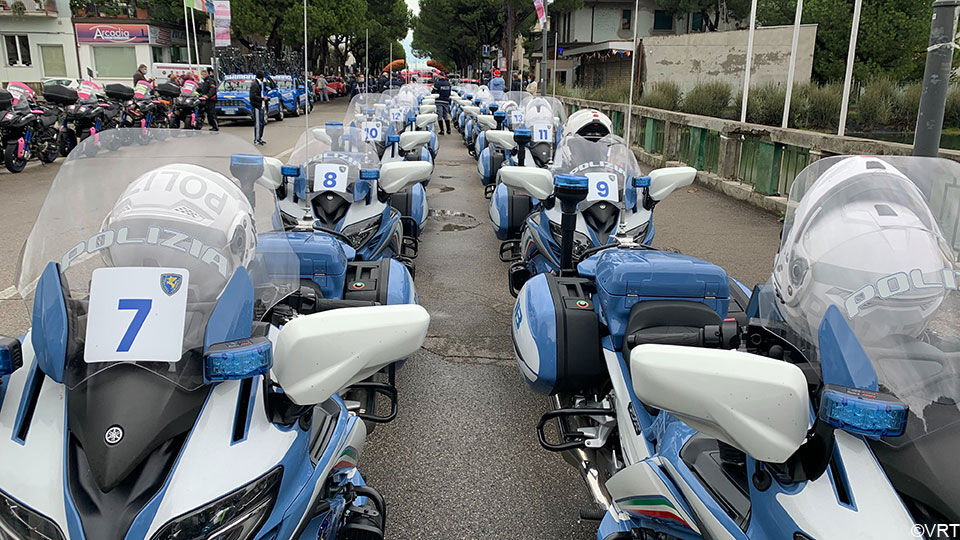Jakarta, CNN Indonesia –
PT Pemeringkat Efek Indonesia (Pefindo) recorded a jump in the profile of the debtor in the high and very high risk category (high and very high risk) due to the covid-19 pandemic. This means, more and more vulnerable or difficult people have difficulty paying installment.
President Director of Pefindo Yohanes Arts Abimanyu said that the percentage of high-risk and very high-risk debtors from 41.2 percent in December 2019 rose 4 percent to 45.2 percent in July 2020.
This figure is the average of the population, both members and non-members of Pefindo, which includes commercial banks, Rural Banks (BPR), Regional Credit Banks (BPD), and finance companies. The increasing trend, he continued, was seen since March 2020 or when Covid-19 entered Indonesia.
“The Covid-19 pandemic has reduced the ability to pay some debtors to pay installments, which is reflected in changes in the risk grade composition of the credit data we manage,” he said in a virtual discussion on IdScore Indonesia entitled ‘Measuring Credit Growth in the Middle of Challenges’ on Thursday (15 / 10).
In more detail, seen from each segment or type of financial institution, a finance company or multi has the highest risk.
For the same period, the risk profile is high and very high at 57.7 percent. “This is an increase of 3.6 percent compared to March 2020,” he added.
Followed by BPRs with high and very high risk grade percentages, namely 46.6 percent and finally commercial banks at 33.8 percent. However, he did not provide details for the BPD.
However, for low and very low risk profiles, there is generally a decline. In December last year, it was noted that the debtor profile was very low, around 15 percent. This record fell significantly to 4.1 percent in July 2020.
Likewise, the low-risk debtor profile decreased slightly from 30.3 percent to 30.1 percent for the same period.
In line with that, there was also an increase in the ratio of bad loans (NPL) for commercial banks, BPDs, rural banks and finance companies.
Especially for Pefindo members, in August 2020, NPL was recorded at 3.81 percent or an increase of 1 percent from the achievement in February 2020, namely 2.81 percent.
Meanwhile, the total NPL for both Pefindo members and non-members was 4.08 percent in August 2020, up from 2.81 percent in February 2020.
Furthermore, he also said that the pandemic also suppressed the credit growth of financial institutions.
This is reflected in the value of the credit portfolio in general for commercial banks, BPDs, BPRs and financial institutions, which fell 12 percent to Rp6,033 trillion in August when compared to February 2020.
“The pandemic has also made financial institutions tend to limit business activities by carrying out a series of efficiencies, maintaining the quality of their credit portfolios and preventing credit risk,” he concluded.
(wel / a)
– .


